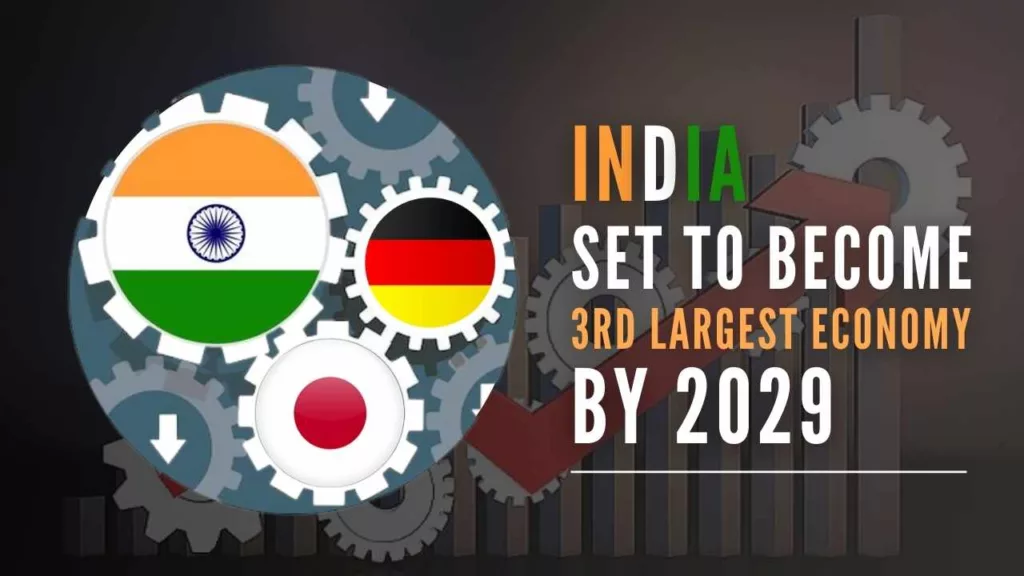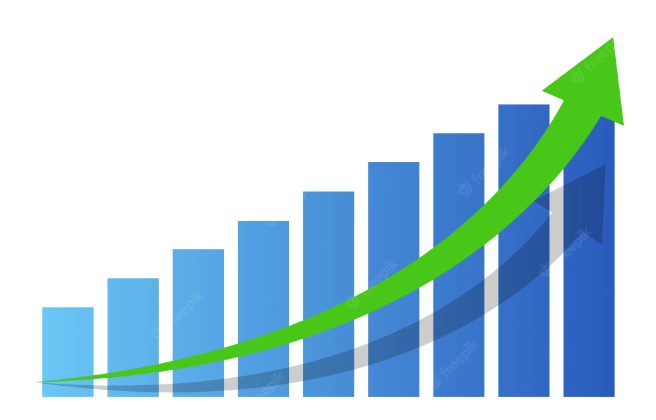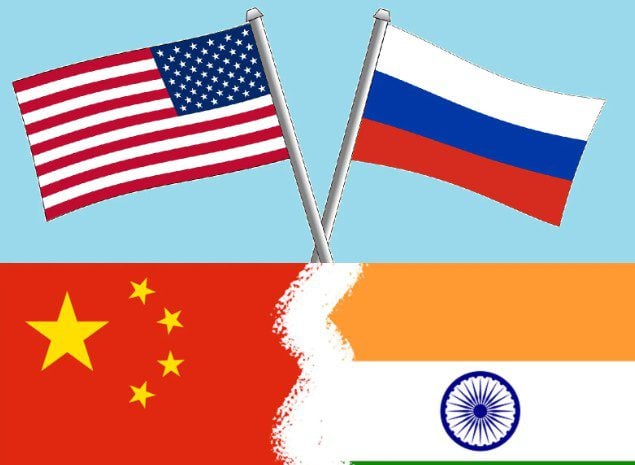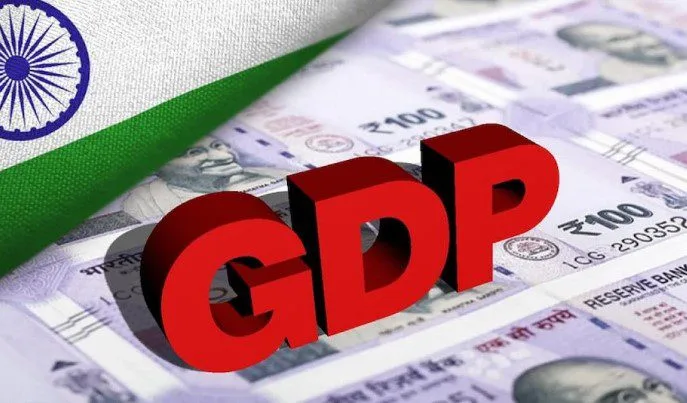According to an analysis by Eurasia Group, India, the world’s soon-to-be third-largest economy, is the major middle-income nation that is actually outperforming in the future decades. According to the UN, China’s population last year was 1.426 billion, while India’s was 1.417 billion.

All you need to know about India being one of the largest economy!
India is predicted to have 1.6 billion people living there by 2050, whereas China will have 1.3 billion. India’s rise will offer it unprecedented power in global politics since a larger working-age population is a key driver of economic growth. India gains from the decoupling of the China and US as well as the reconstruction of technology distribution networks without China. The Apple iPhone 14 is being produced in India.
Tata Sons Chairman Natarajan Chandrasekaran has expressed plans to produce semiconductors in the subcontinent. India is set to host the Trilateral Commission’s plenary meeting in March, marking the first time. Furthermore, India holds the position of chair for the Group of 20 this year, which will involve a summit of global leaders and various ministerial discussions.

However, with the GDP estimated at a half-century low, difficulties are growing for India’s economy. After expanding rapidly for two consecutive years, Motilal Oswal Financial Services predicted in a note that India’s real GDP growth would slow to 5.2% YoY in FY24 and that nominal GDP growth would fall even more dramatically to 7–7.5%, driven by moderating inflation.
The global economy is slowing down, pent-up demand is dwindling, and base effects are returning to normal, all of which would slow real growth. According to the report, India’s nominal GDP growth could be at its lowest point compared to any year between the early 70s and FY19 due to the expected retail inflation print of just 4.3 percent and a meager 1% growth in the wholesale price index in FY24. This would cause the GDP deflator to be around 2 percent. For the overall economy and financial markets, such a modest growth rate would have major consequences.

The rise of nominal GDP has a strong correlation with listed firms’ revenue. Corporate sales growth is also anticipated to slow from an average of more than 30% YoY in the previous seven quarters to single figures in FY24 in the case of nominal GDP growth in the single digits. A slower nominal GDP expansion in FY24, which will result in a slower rate of debt accumulation in India has been anticipated. Accordingly, the research predicted that bank lending growth could also slow from 15–16% in FY23 to 12% in FY24, with a tendency to the lower end.
According to a thorough new study released by the World Bank in September, as central banks around the world simultaneously raise interest rates in response to inflation, the globe may be edging toward a worldwide recession in 2023 and a chain of economic crises in the emerging economy and developing economies that’d harm them permanently.

Many past predictors of economic recessions are already sounding the alarm. Since 1970, the post-recession recovery has resulted in the greatest downturn of the world economy. Compared to the period leading up to previous global recessions, the drop in global consumer confidence has already been far more abrupt. United States, China, and the Eurozone, the three economies with the highest combined GDPs, have all experienced significant slowdowns.
The events of the 70s, the policy responses to the worldwide recession of 1975, the succeeding era of stagflation, as well as the economic downturn of 1982 demonstrate the risk of permitting inflation to remain elevated for a prolonged period of time while growth is subpar. Second, only to 2020 in the past fifty years, the worldwide recession of 1982 was accompanied by the second-lowest annual growth in developing countries. In many emerging economies, it led to a decade of lost growth and more than 40 debt crises, according to the World Bank. India’s current account deficit increased predictably from $18.2 billion in Q1 FY23 to $36.4 billion in Q2 FY23, a 37-quarter high.
In contrast to a profit of $4.6 billion in Q1 FY23, the resulting net account balance situation showed a loss of $30.4 billion, its lowest level since the global financial crisis of 2008. However, risks will continue to exist for both the capital flows and current account balance due to the unpredictability of the geopolitical situation and the declining global GDP.

The New Year began with a bleak outlook as the IMF expects that global GDP growth will peak at 2.7%, just avoiding recession. This is due to excessive demand-supply discrepancies, bloated supply chain management, and the fight against inflation. Strong domestic demand has been a major driver of the economy, as seen by GST revenues and consumer expenditure.
However, due to a decline in sales from western markets and sluggish domestic investment, industrial output fell by 4% YoY in October, the largest monthly decline in more than two years, according to the note. According to a report by Standard Chartered, the global macroeconomic environment in 2023 is expected to be difficult given the increased probability of a recession as a result of lagging consequences of monetary policy tightening that result in a worse demand situation and worse corporate earnings performance.
Risk sentiment may improve as the growth outlook stabilizes and the monetary policy rate cycle rises in the later part of the year despite declining inflationary pressures.
FAQs








